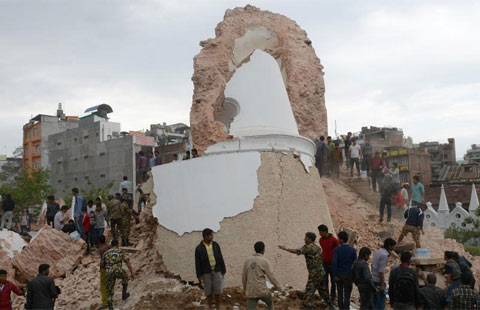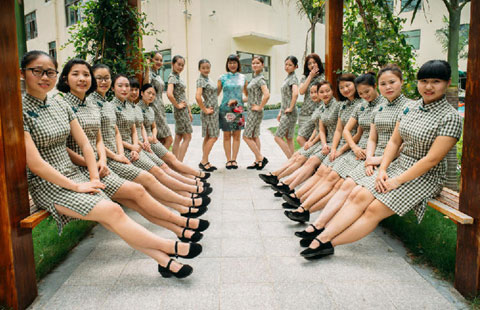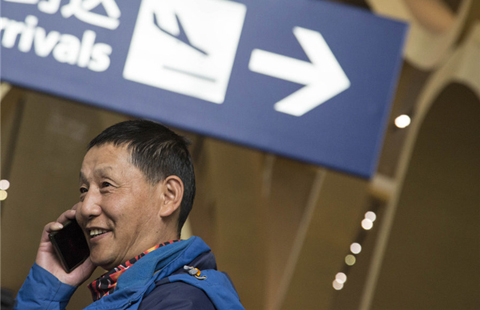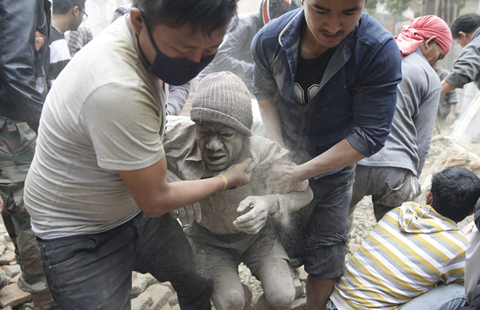The East is green in frontier city steeped in feng shui
Updated: 2015-04-27 07:51
By Erik Nilsson(China Daily)
|
||||||||
Ancient buildings testify to the mountains' position as various faiths' place of pilgrimage.
The Three-Religion Pavilion, for instance, affirms to its importance to Buddhism, Confucianism and Taoism. The structure stands uphill from a still-operational ancient Taoist center and Buddhist temple.
Only the fittest hikers can conquer the tough, final slog to Fenghuang's 836-meter-high apex within a day.
A stretch that makes the trek physically easier but psychologically harrowing is a glass platform soaring hundreds of meters in the air. (Seriously, don't look down.)
Fenghuang's topography is anthropomorphically rendered as Buddha statues, dragons and turtles, with a folktale to explain each shape.
So are the summits of Dandong's Hushan (Tiger Mountain), so named because it resembles a crouching tiger upon which rode Buddhism's goddess of mercy, Guanyin. She's also silhouetted as a nearby mount.
The Ming Dynasty (1368-1644) Great Wall's easternmost endpoint crowns Hushan. Dandong' surviving 2-km stretch of the bulwark peaks at 146 meters high.
Given Dandong's ecological offerings, the colorful concept of "come for the red, stay for the green" may just be the city's golden tourism ticket.

 History razed in Nepal earthquake
History razed in Nepal earthquake
 'Chi-pao teachers' found in Guangdong
'Chi-pao teachers' found in Guangdong
 Tourists evacuated from Nepal quake area arrive in Kunming
Tourists evacuated from Nepal quake area arrive in Kunming Topping off ceremony in Harvard
Topping off ceremony in Harvard
 In photos: Strong earthquake struck Nepal
In photos: Strong earthquake struck Nepal
 Stunts, Parkour, Action!
Stunts, Parkour, Action!
 City starting to close gap with world fashion capitals
City starting to close gap with world fashion capitals
 Across America over the week (from April 17 to 23)
Across America over the week (from April 17 to 23)
Most Viewed
Editor's Picks

|

|

|

|

|

|
Today's Top News
China rescue team starts work
Abe's US trip: sense or sensibility?
Nearly 2,500 confirmed dead in Nepal quake
US sending disaster response team, $1 million aid to Nepal
All-clear sounded at Statue of Liberty after bomb scare
Devastating Nepal quake kills 1,457
Ho Feng Shan: A man of compassion, courage
The real Apple Watch goes on sale Friday in China, US
US Weekly

|

|






